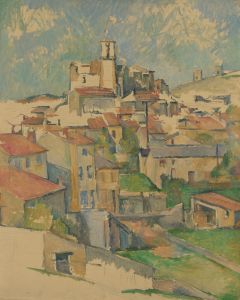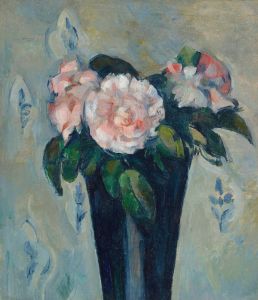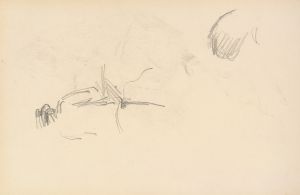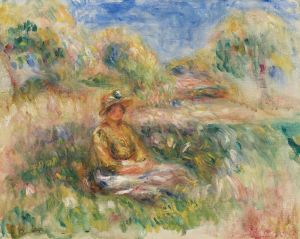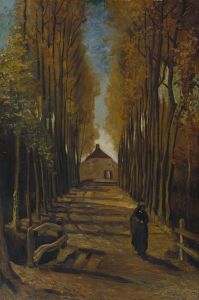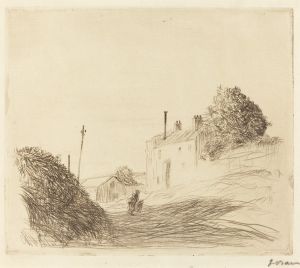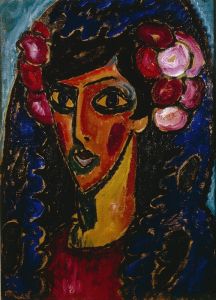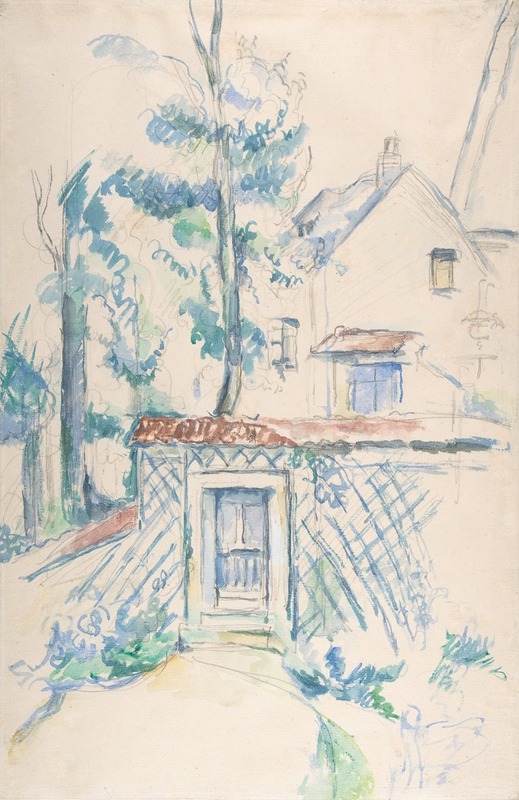
Entrance to a Garden
A hand-painted replica of Paul Cézanne’s masterpiece Entrance to a Garden, meticulously crafted by professional artists to capture the true essence of the original. Each piece is created with museum-quality canvas and rare mineral pigments, carefully painted by experienced artists with delicate brushstrokes and rich, layered colors to perfectly recreate the texture of the original artwork. Unlike machine-printed reproductions, this hand-painted version brings the painting to life, infused with the artist’s emotions and skill in every stroke. Whether for personal collection or home decoration, it instantly elevates the artistic atmosphere of any space.
Paul Cézanne's "Entrance to a Garden" is a notable work by the French Post-Impressionist painter, who is often credited with laying the groundwork for the transition from 19th-century artistic concepts to a new and radically different world of art in the 20th century. Cézanne's work is characterized by his unique approach to form and color, which has influenced countless artists and movements, including Cubism and Fauvism.
"Entrance to a Garden" exemplifies Cézanne's mature style, where he moves away from the Impressionist focus on capturing fleeting moments of light and atmosphere. Instead, Cézanne emphasizes the underlying structure of the natural world. His method involves building up form with color, using small brushstrokes that construct complex fields. This technique allows him to explore the geometric shapes that he believed were the essence of the natural world.
The painting depicts a garden entrance, a subject that allows Cézanne to explore his interest in the interplay between nature and architecture. The composition is carefully structured, with the garden path leading the viewer's eye into the scene, inviting them to explore the space beyond the entrance. The use of color is particularly striking; Cézanne employs a palette of greens, blues, and earthy tones to convey the lushness of the garden and the solidity of the architectural elements.
Cézanne's treatment of light and shadow in "Entrance to a Garden" is subtle yet effective. He does not aim to replicate the exact lighting conditions of a specific moment, as the Impressionists might. Instead, he uses light to enhance the form and volume of the objects within the scene, giving them a timeless quality. This approach reflects Cézanne's belief in the enduring nature of the forms he painted, as opposed to the transient effects of light and weather.
The painting is also notable for its sense of perspective. Cézanne often played with traditional rules of perspective, and in "Entrance to a Garden," he uses a flattened perspective that challenges the viewer's perception of depth. This technique contributes to the painting's sense of solidity and permanence, as well as its modern feel.
"Entrance to a Garden" is a testament to Cézanne's innovative approach to painting, which has had a lasting impact on the art world. His ability to balance the representation of nature with an exploration of form and structure has inspired generations of artists. The painting is a fine example of how Cézanne's work bridges the gap between the Impressionist movement and the more abstract art forms that followed.
Today, "Entrance to a Garden" is appreciated not only for its aesthetic qualities but also for its historical significance. It represents a key moment in the evolution of modern art, illustrating Cézanne's role in challenging and redefining artistic conventions. As such, it remains an important piece for both art historians and enthusiasts, offering insight into the mind of an artist who forever changed the course of art history.





